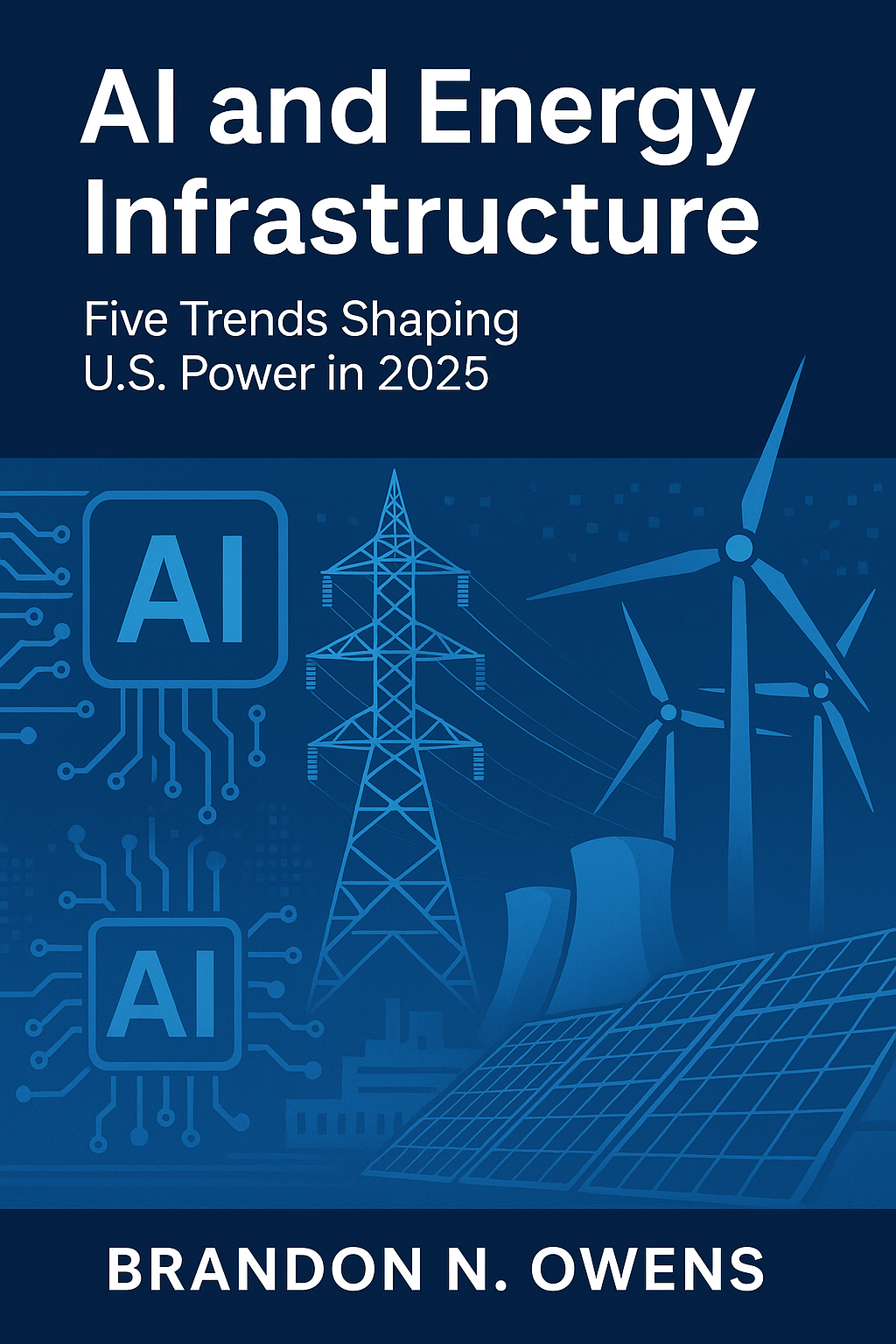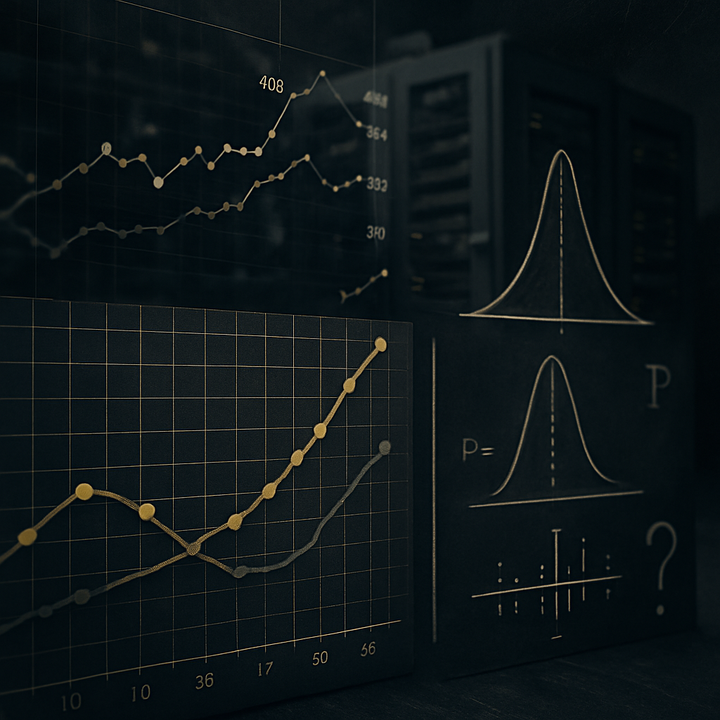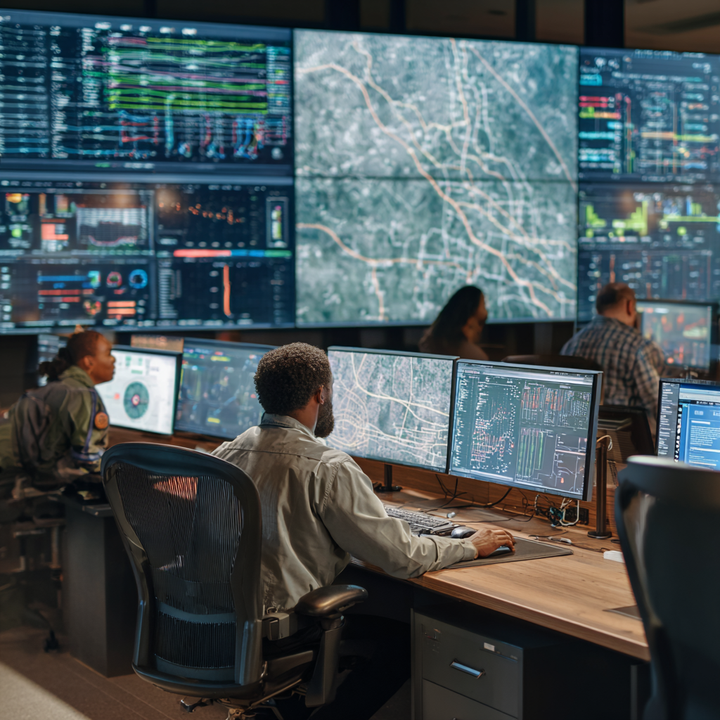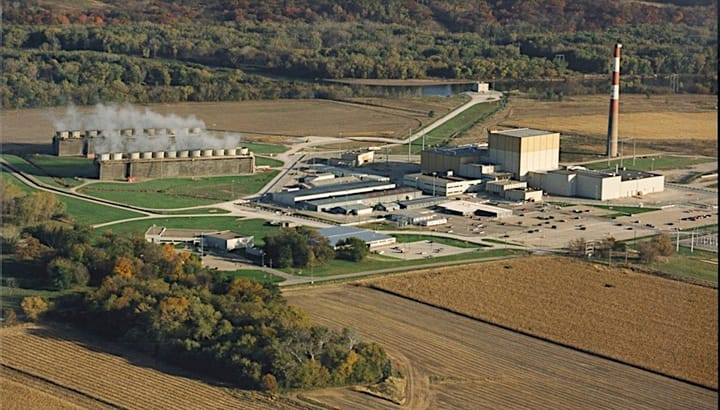AI and Energy Infrastructure: Five Trends Shaping U.S. Power in 2025
In 2025, AI transforms U.S. energy: data centers become baseload, GenAI aids grid ops, and smart microgrids enhance resilience. Buildouts outpace climate goals. Digital twins model people and machines, marking a shift to intelligent, adaptive power systems.



